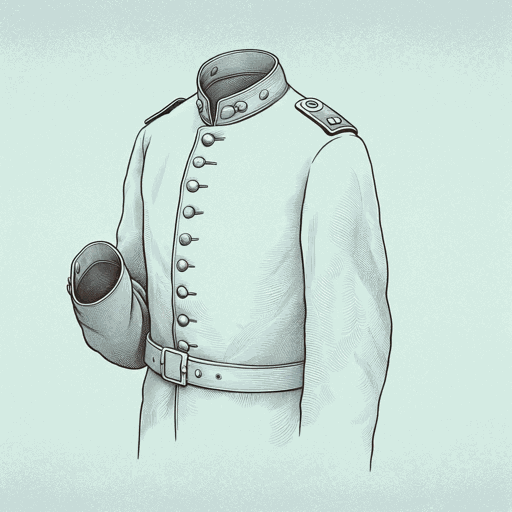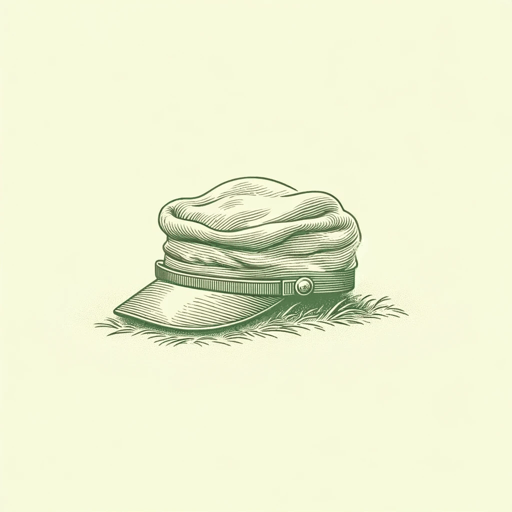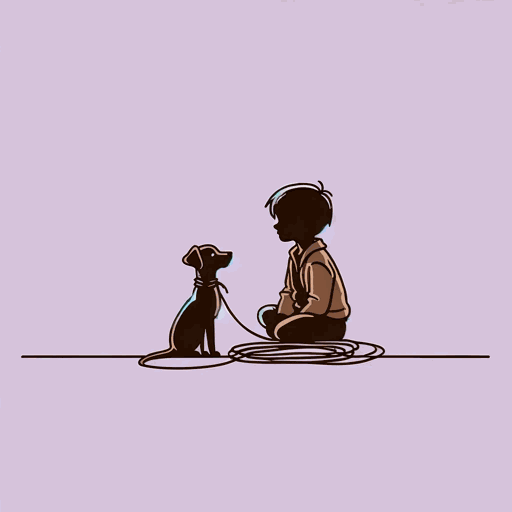25 pages • 50 minutes read
Stephen CraneA Dark Brown Dog
Fiction | Short Story | Middle Grade | Published in 1901A modern alternative to SparkNotes and CliffsNotes, SuperSummary offers high-quality Study Guides with detailed chapter summaries and analysis of major themes, characters, and more.
Themes
Hierarchical Power Structures as Inherently Abusive
“A Dark Brown Dog,” with its many manifestations of abuse, portrays violence as matter of fact. Violence is an inherent feature of the hierarchy governing the world of the story. That hierarchy places the father at the top; the family, including the boy, in the middle; and the dog at the bottom.
The cascading nature of the violence in the short story, which originates at the top of the hierarchy with the father, associates violence with power. Having power over others allows one to inflict violence on them. Simultaneously, the child’s behavior seems to suggest, the opposite must be true: To enact violence on another is to secure power for yourself. The moment that the child sees value in the dog, the child “made a swift, avaricious charge and seized the rope” (12), then “dragged his captive” (13) into the dark and foreboding interior of his home. This language further connects violence and power, indicating that one is likely to evoke the other.
This relationship between violence and power is particularly dangerous for the party at the bottom of the hierarchy—in this story, the dog. In an effort to protect itself from violence, the dog strives to demonstrate submission.
Related Titles
By Stephen Crane

A Man Said to the Universe
Stephen Crane

A Mystery Of Heroism
Stephen Crane

An Episode of War
Stephen Crane

Maggie: A Girl of the Streets
Stephen Crane

The Blue Hotel
Stephen Crane

The Bride Comes to Yellow Sky
Stephen Crane

The Open Boat
Stephen Crane

The Red Badge of Courage
Stephen Crane

